September 12th Friday Go To Top Of Page
Touring Turin (Day 2)
Monumental Mysteries of Turin!
Sightseeing includes sights of the Mole Antonelliana and a visit to the cathedral. (Breakfast)
TOUR HIGHLIGHT ART & ARCHITECTURE
Turin abounds of a wealth of Baroque, Rococo, Neo-classical, and Art Nouveau treasures. Stroll the elegant squares to see the monument of Mole Antonelliana – a former synagogue with its 87-meter-high panorama deck.
Visit the Cathedral of St. John the Baptist, which houses the most holy relic in the Catholic Church – the Shroud of Turin.
We started out going to a hilltop naturally with a church on top for the view of Turin.

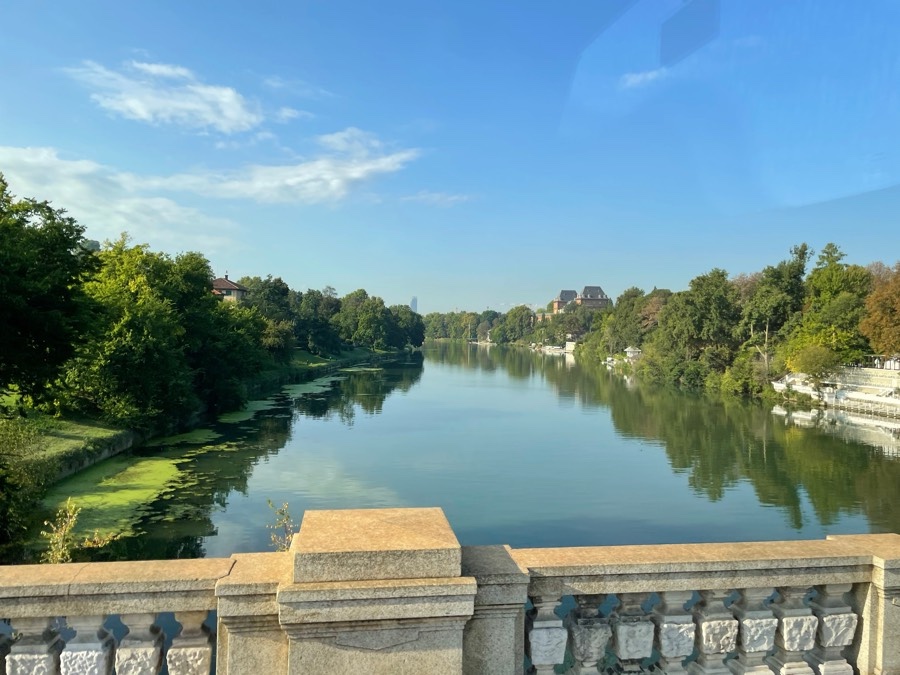
We then walked the main part of the city with protesters.

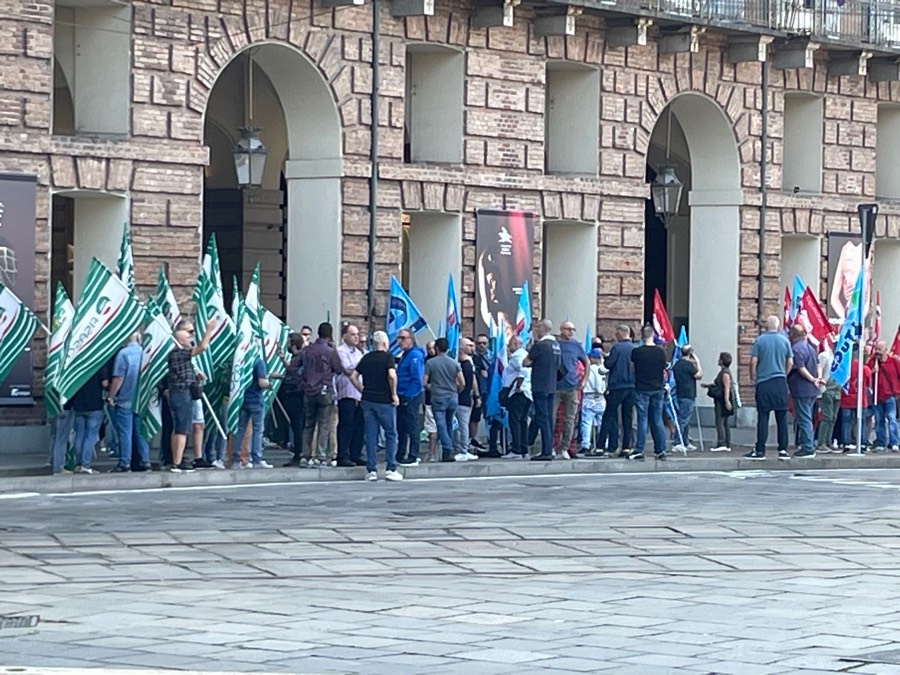
What are they protsting now??


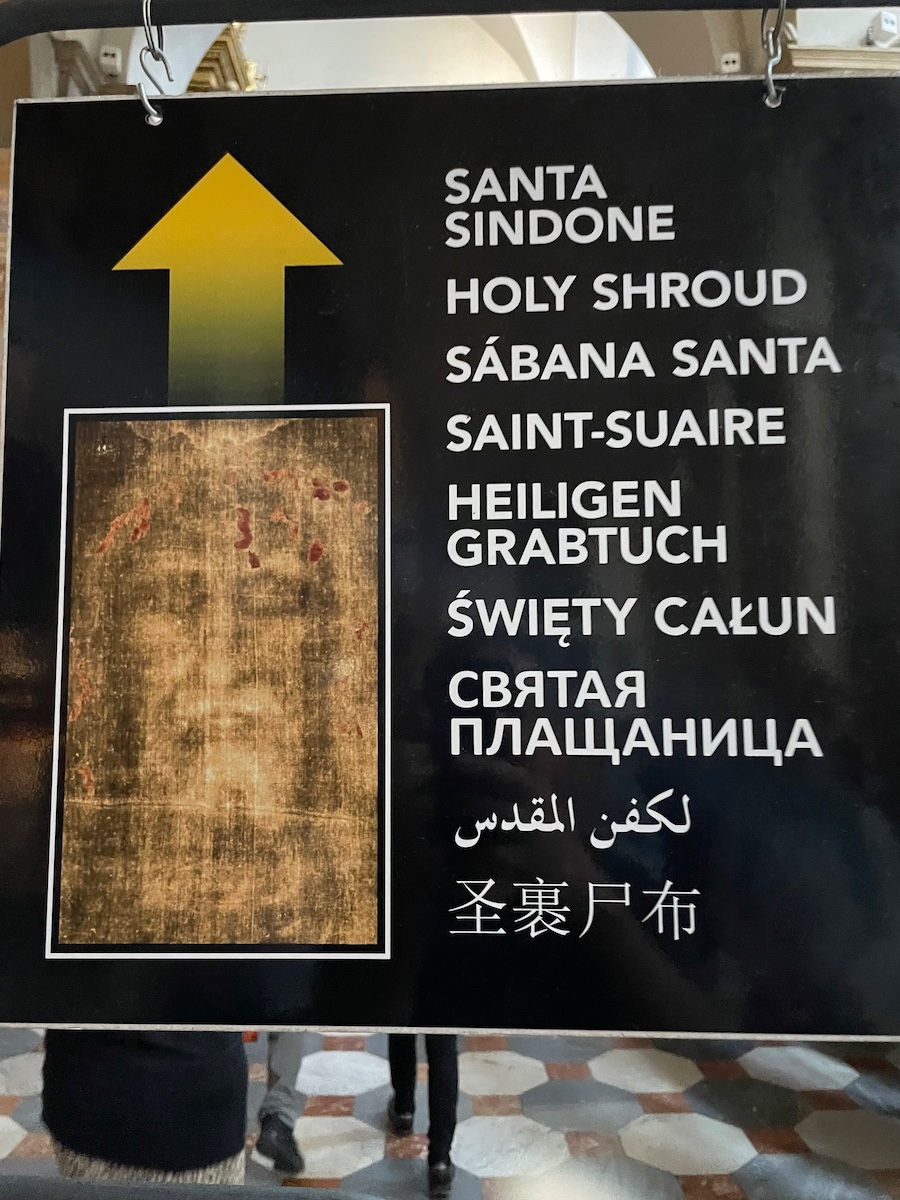
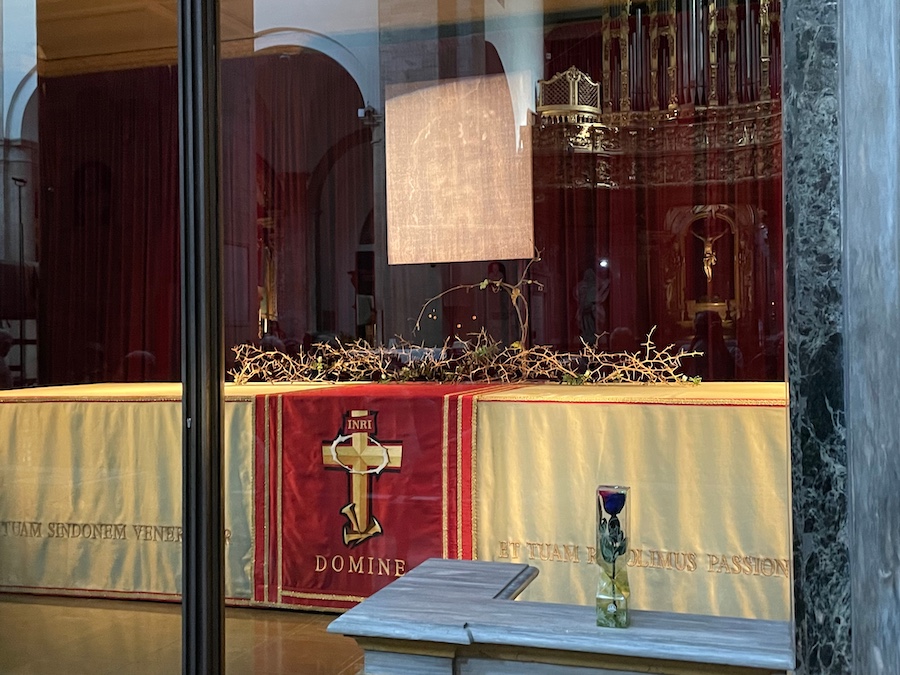




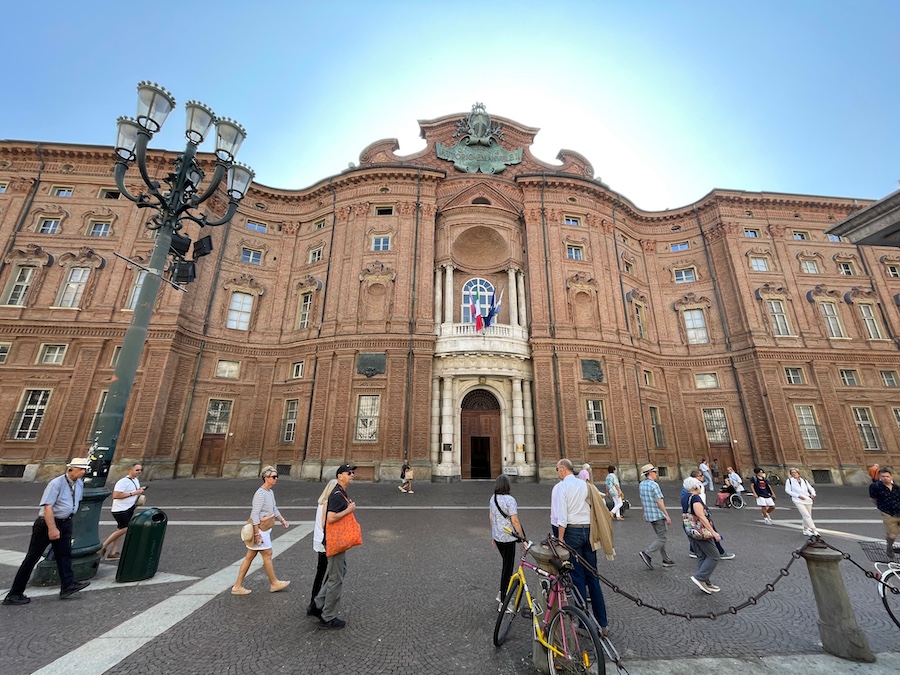
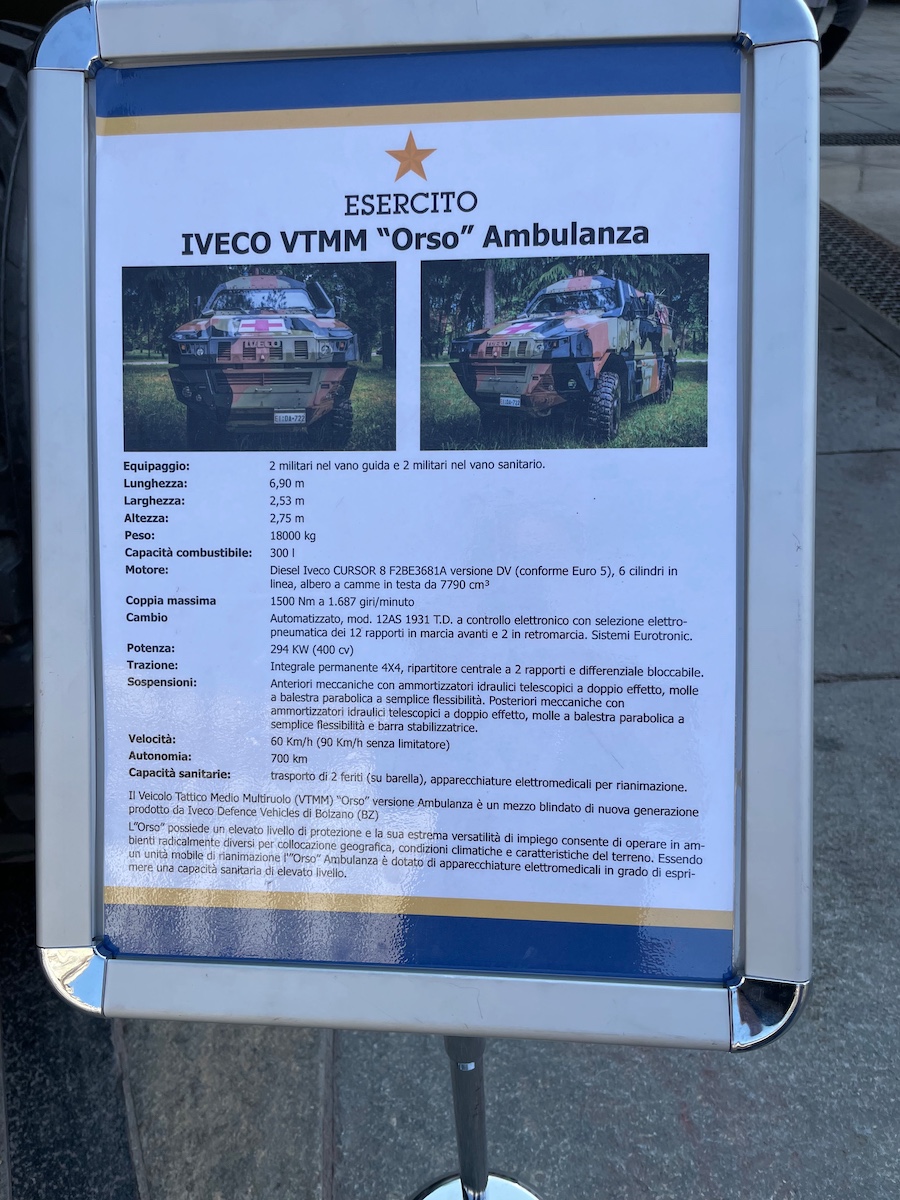
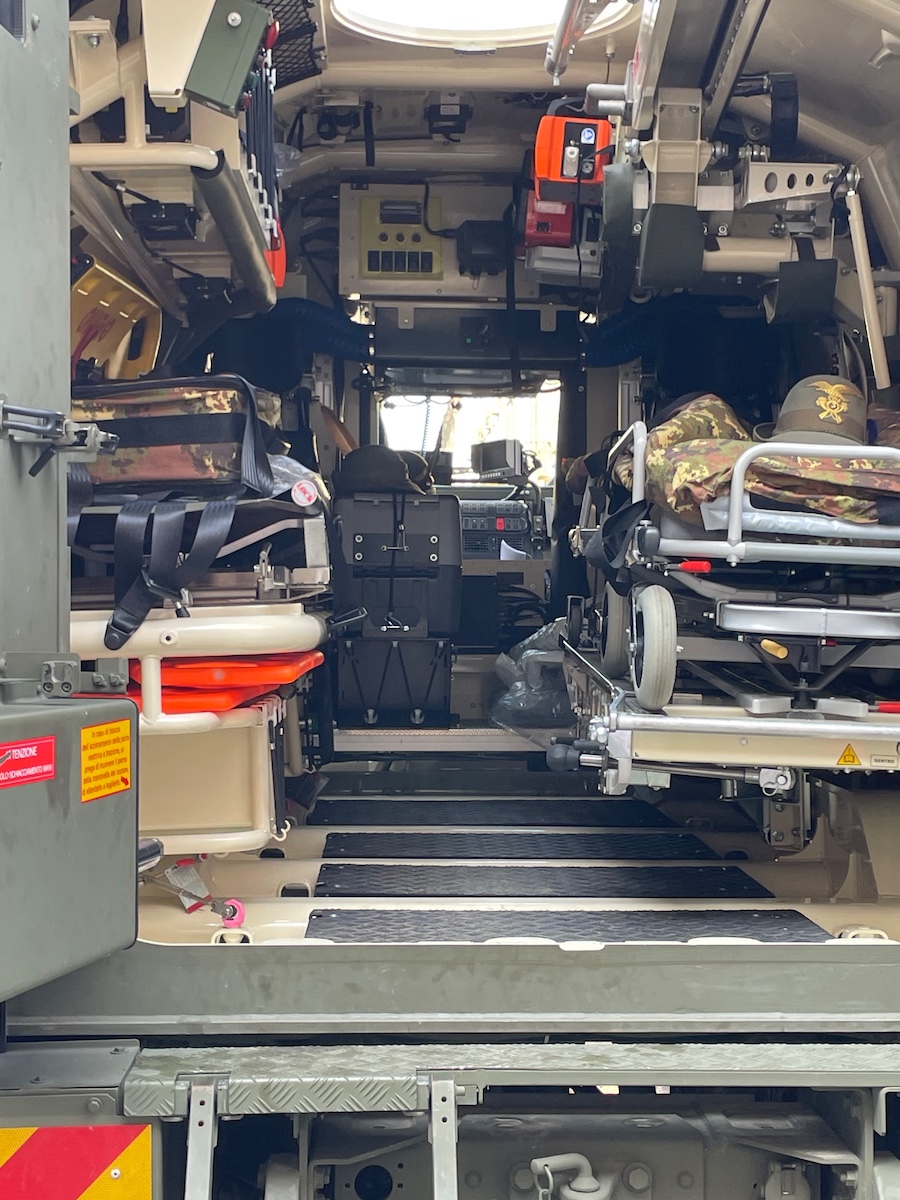










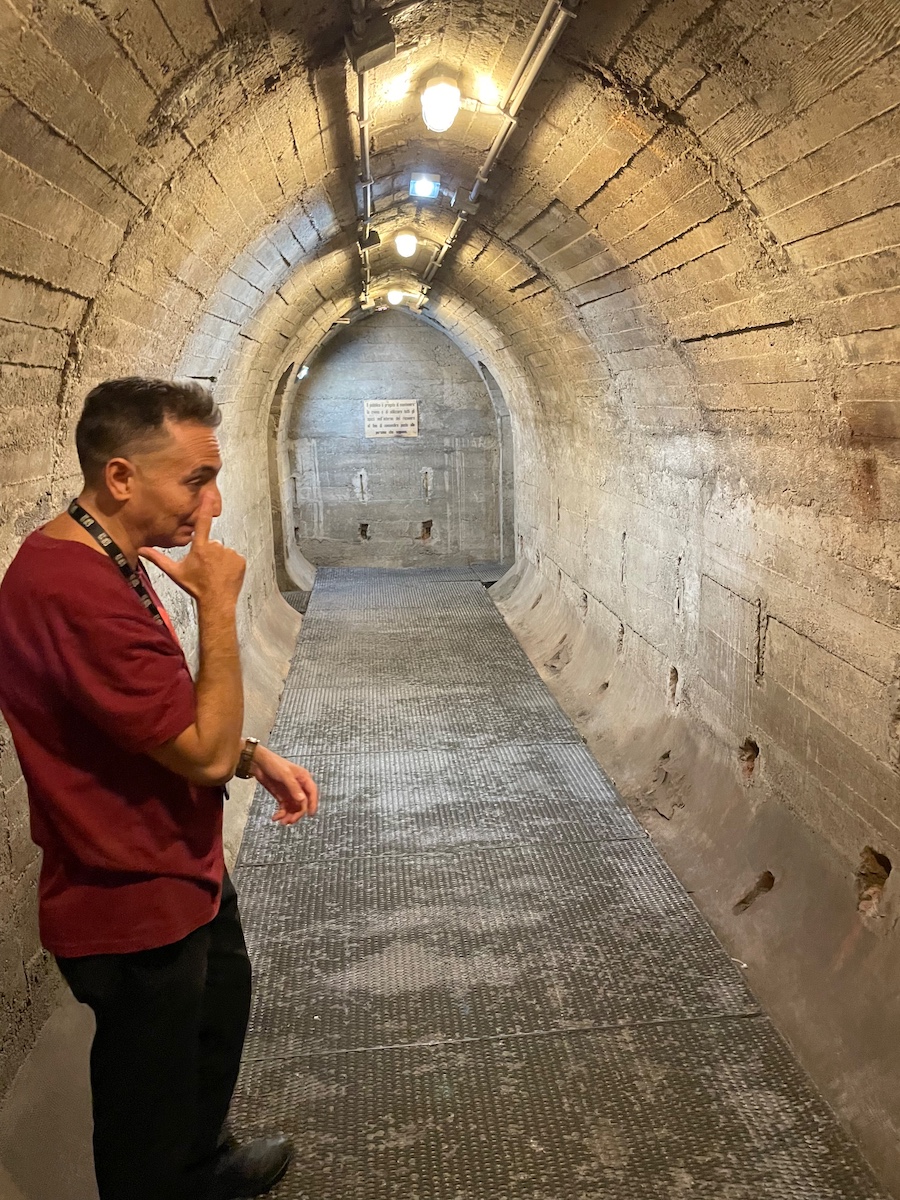

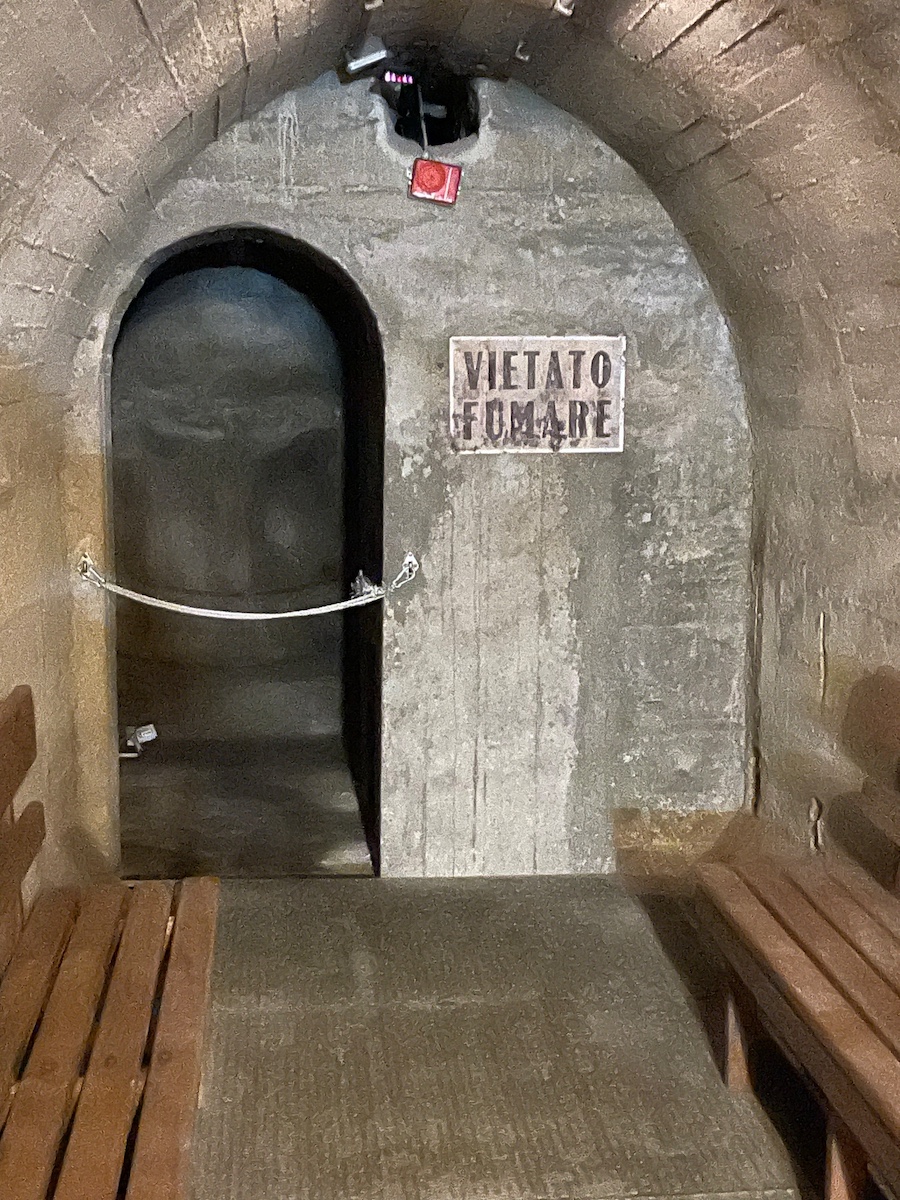
Turin with Piedmont-Style Dinner - Immerse yourself in the tastes of the Piedmont region on this marvelous dinner outing. Surrounded by the Alps,Po River, and Susa Valley, Turin boasts a truly spectacular setting that is even more amazing at night.
Begin witha typical vermouth aperitif and snacks at a local salotto (lounge), and receive a small gift. Then, step into aneighboring historic building, constructed in 1600 for production of Parmigiano-Reggiano cheese!
Today, this aristocratic-feeling restaurant creates savory Piedmont-style dishes, and you'll enjoy a fantastic 4-coursedinner featuring starters, pasta, main course, dessert, and two drinks!

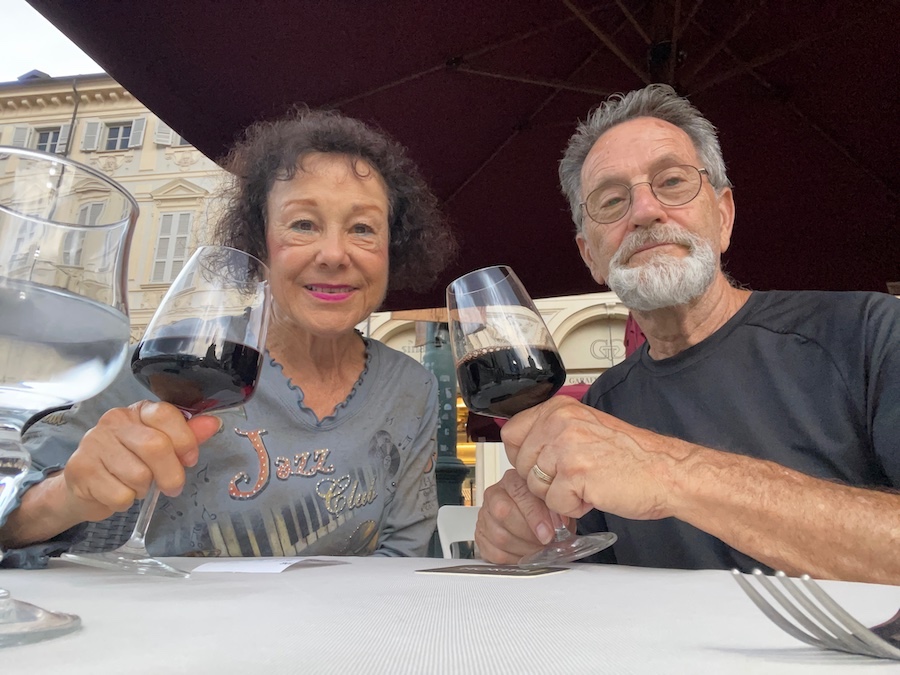
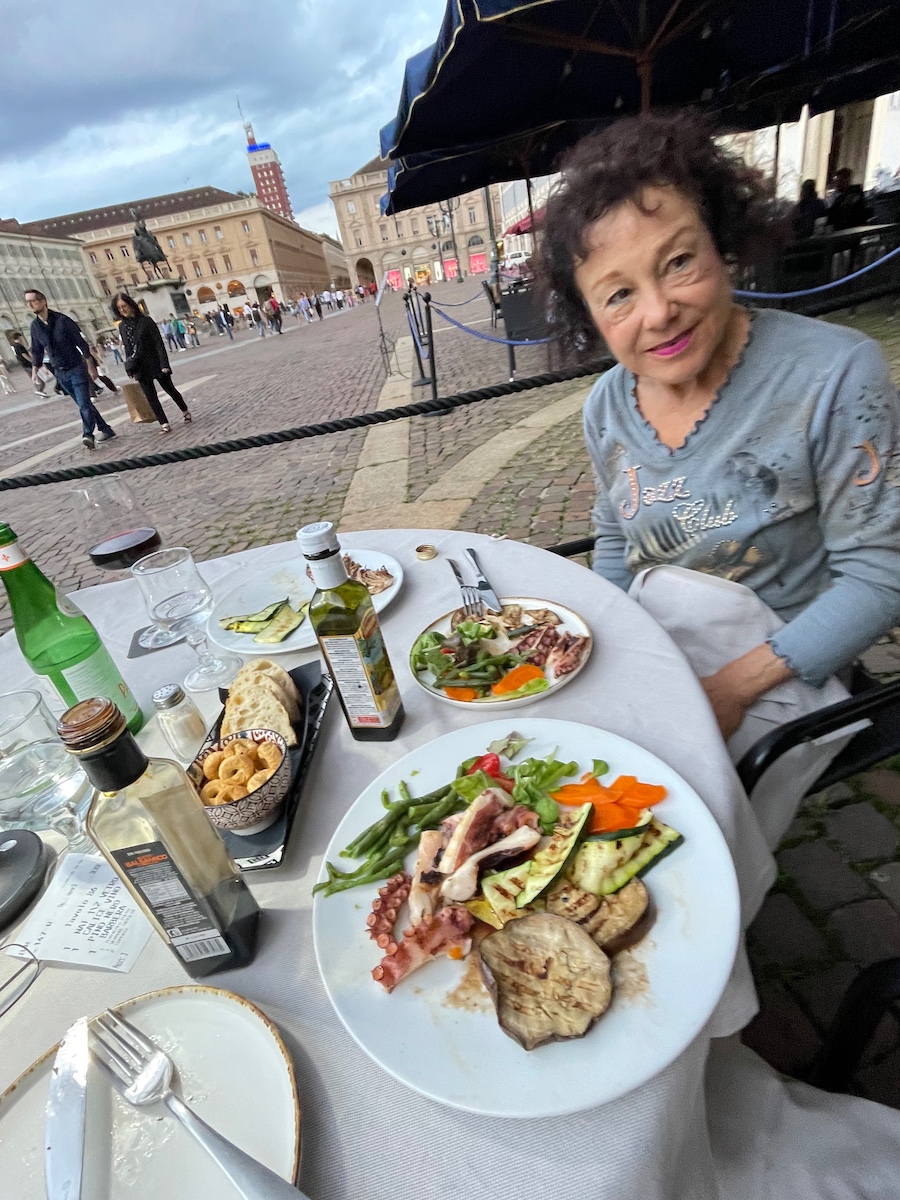

September 13th Saturday Go To Top Of Page
Turin to Vercelli to Milan via bus.
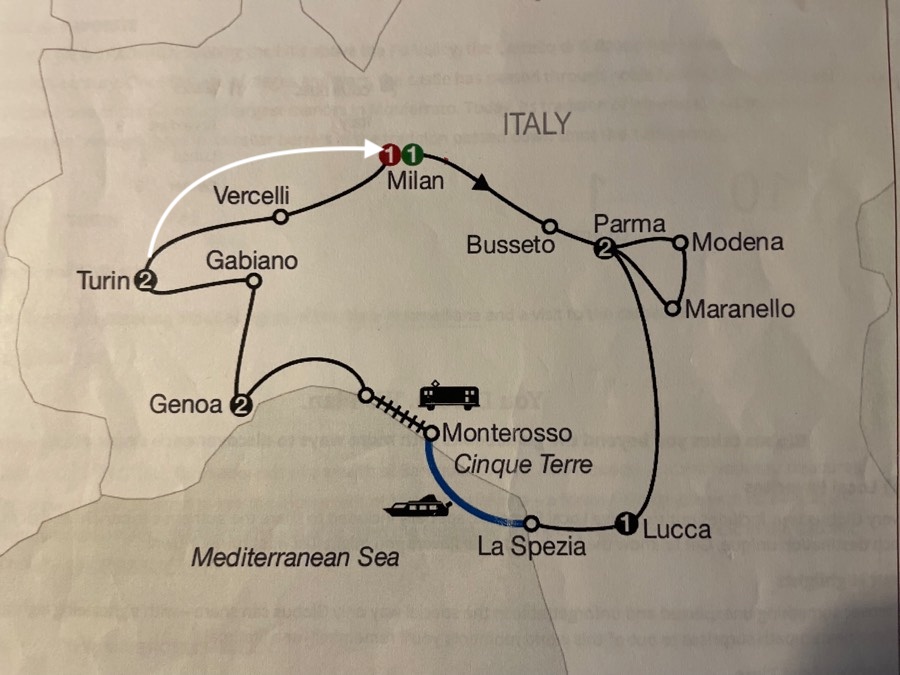

130 miles to Milan

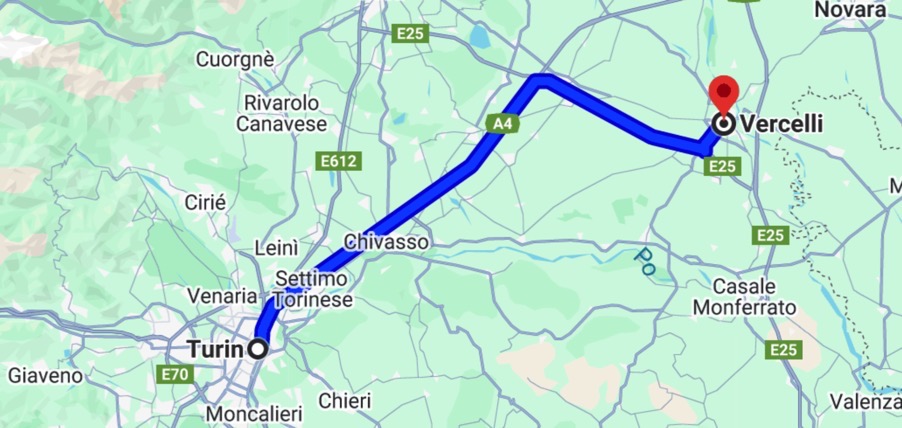
First stop was Vercelli
Did You Know? - Vercelli is famous as Italy's rice capital, home to vast rice paddies, and the production of high-quality risotto rice like Arborio. It's also the site of the ancient Roman defeat of the Cimbri and Teutones in 101 BC. Historically, Vercelli boasts the first publicly funded university in Italy (1228) and holds the Vercelli Book, a 10th-century text written in Old English prose, which is a significant find in the Museo del Tesoro del Duomo.
The Dish on Risotto - Visit a rice factory followed by a risotto lunch. Vercelli is the the heart of Europe's rice production, where the tradition of delicious risotto is born.
It's here that the round rice grain called japonica is grown.This round grain keeps its shape during the cooking process to release that beautifully creamy texture of risotto thatwe all know and love.
The fine art of rice farming in Italy now combines tradition with technology to tend these fields with loving care.
Did You Know? - Risotto trivia includes its 14th-century origins in northern Italy, likely Lombardy, following the introduction of rice by Arab traders.
Key elements are short-grain rice, constant stirring to release starch for creaminess (a technique called mantecatura), and the gradual addition of hot broth.
Classic types of rice are Arborio, Carnaroli, and Vialone Nano. A famous regional variation is Risotto alla Milanese, possibly inspired by a stained-glass artist adding saffron in 1574.
History & Origin
Arab Introduction: Rice was introduced to Italy via the Arab traders who brought it to Sicily and Spain in the 14th century.
Northern Italy: Cultivation spread to the Po River valley in northern Italy, where the humid climate was ideal for growing short- and medium-grained rice.
Early Recipes: While rice was present earlier, the first identifiable risotto recipe dates to 1809, and the modern form with continuous stirring was published later in 1829.
Key Ingredients & Techniques
Rice: Starchy, short-grain rice types are essential for risotto's creamy texture, with Arborio, Carnaroli, and Vialone Nano being popular choices.
Broth: Hot broth is added gradually, allowing the rice to absorb the liquid and release its starch.
Mantecatura: This technique involves constant stirring during cooking to help release the rice's starch, creating a creamy consistency without needing heavy cream.
Flavor & Finishing:Butter, Parmesan cheese, and a gentle simmer are crucial for building a rich flavor and creamy finish.




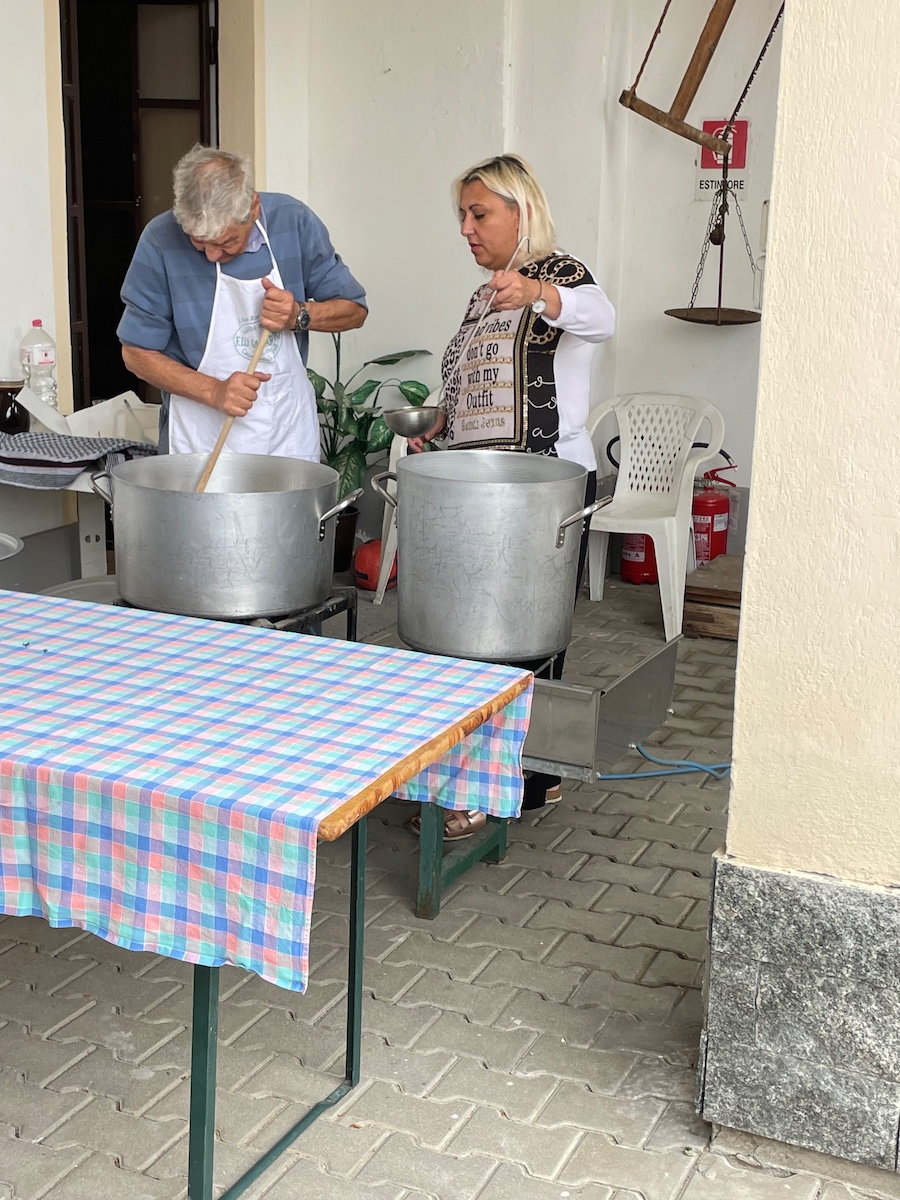
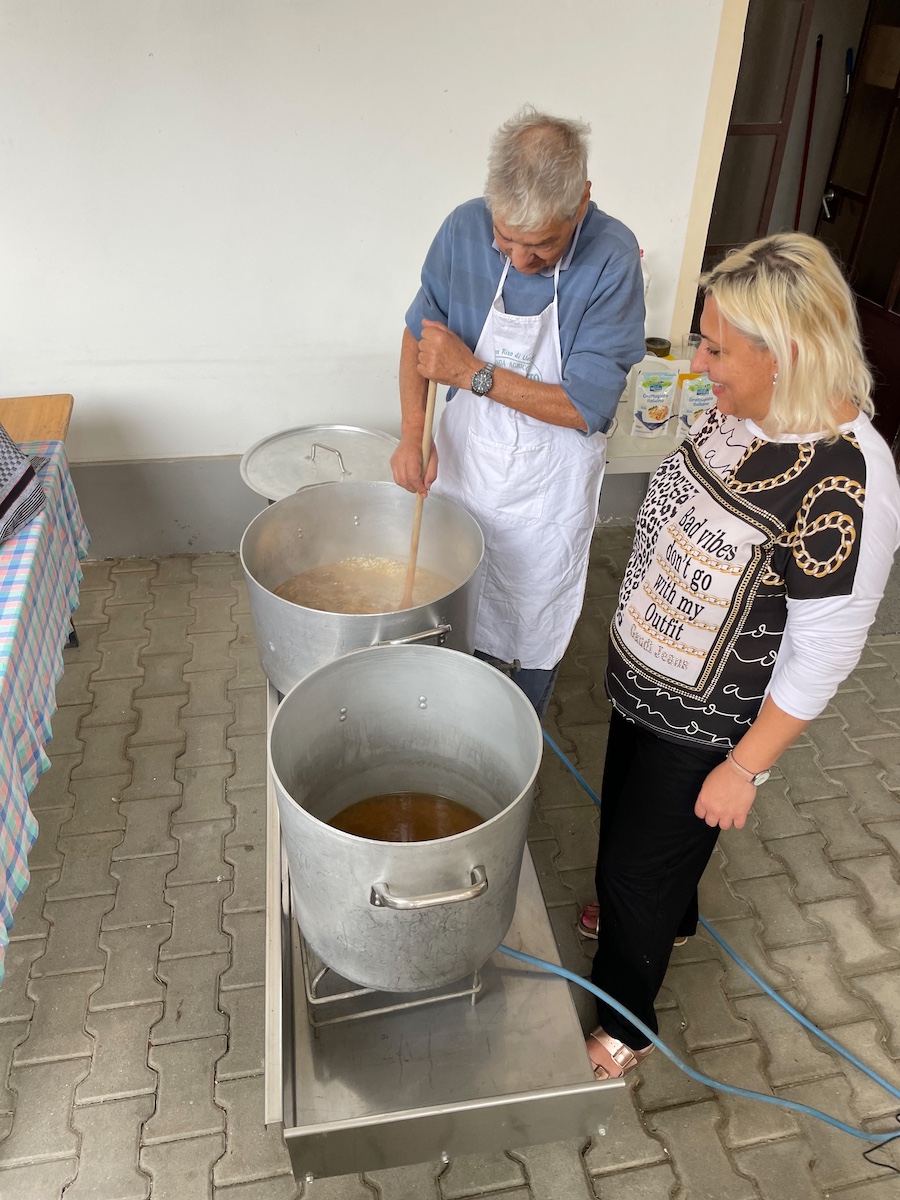
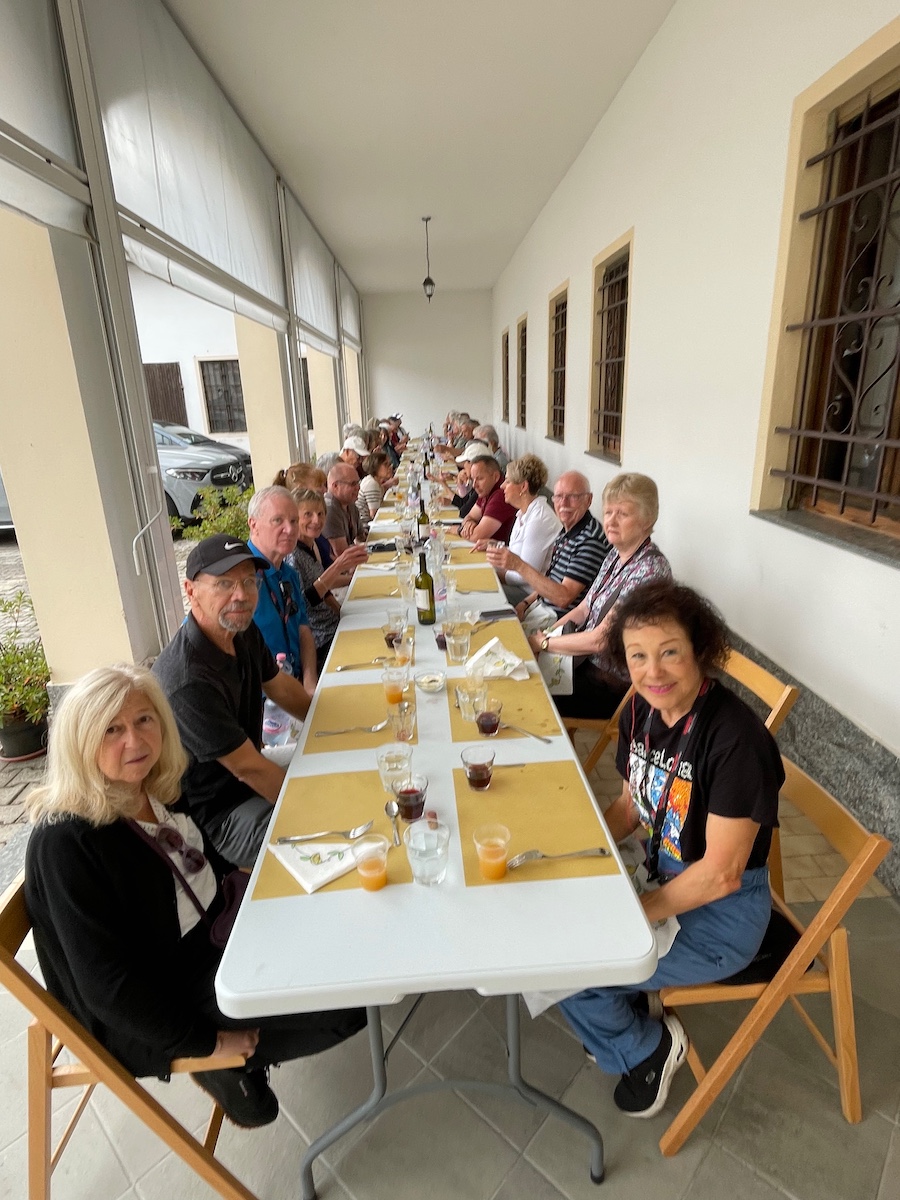
Time for lunch!!!
September 13 Saturday Afternoon /Evening
Machiavelli Via Lazzaretto, 5 Milan Set in an elegant building, steps away from Corso Buenos Aires shopping street and within walking distance fromthe iconic Dome, this hotel has 103 spacious and fully air-conditioned guest rooms with contemporary interiordesign and elegant wooden floor. All are equipped with flat-screen TV with satellite channels, minibar, safetydeposit box, and complimentary Wi-Fi. The restaurant

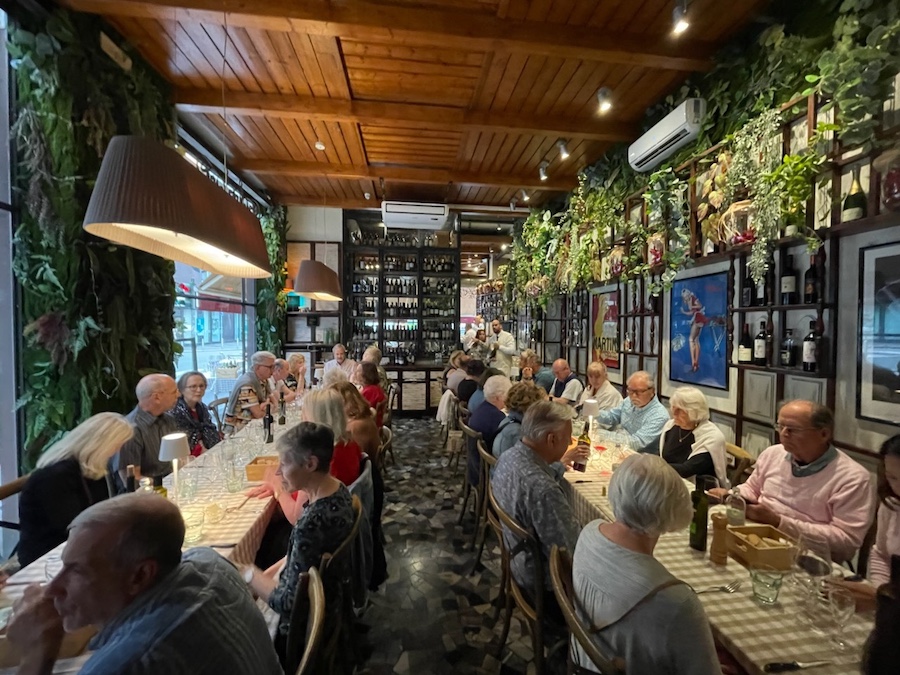


September 14th Sunday Go To Top Of Page
One more day in Lilan before coming home! to California ater a month on the road. This morning we got up and decided to hit a few places we didn't hit. The first was their cemetery for noted people. The Monumental Cemetery.

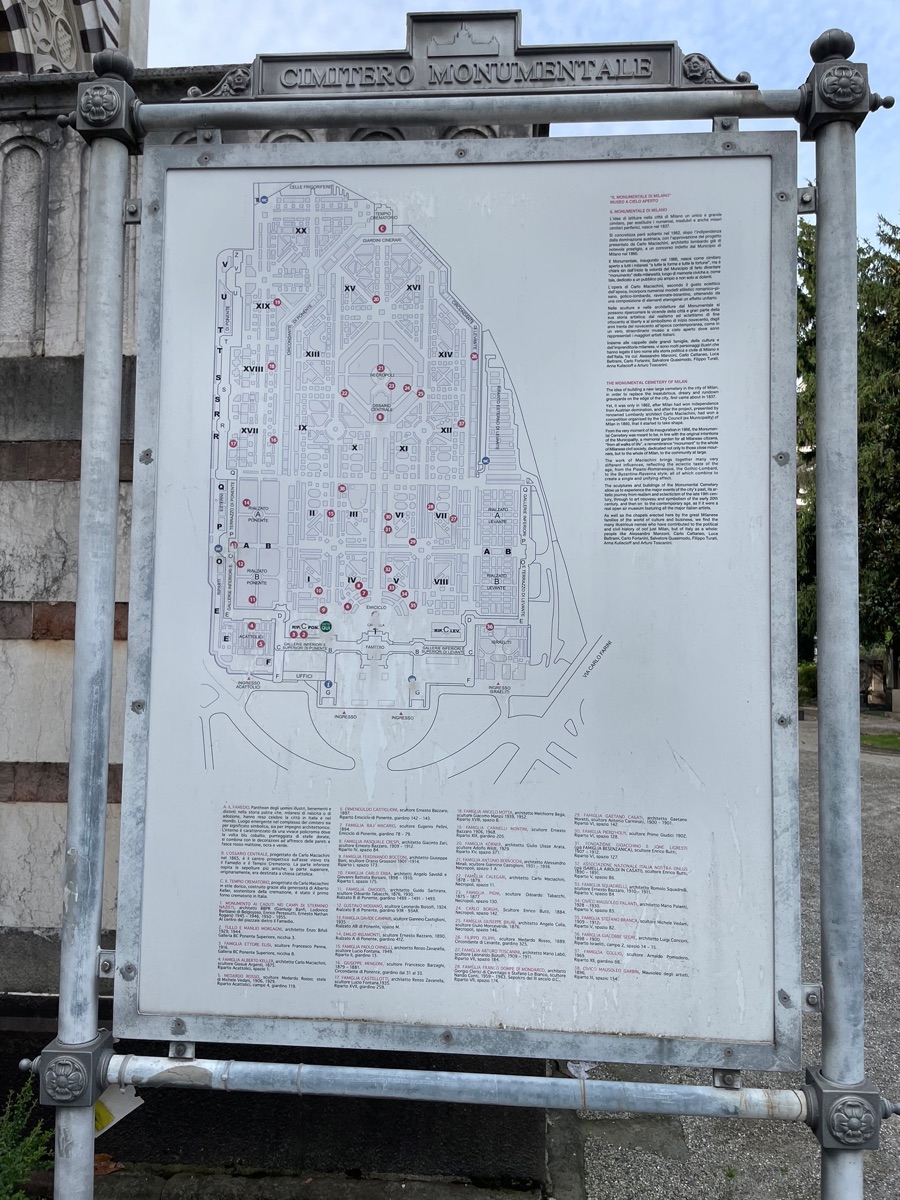
Did You Know? - Milan's Cimitero Monumentale is a renowned open-air museum and one of Italy's most important cemeteries, featuring the tombs of prominent figures like Alessandro Manzoni and the Campari family, whose crypt has a Last Supper sculpture.
Designed by Carlo Maciachini and opened in 1866, it contains diverse artistic styles from classical sculptures to elaborate obelisks, with distinct sections for Catholics, non-Catholics, and Jews.
During World War II, its crypts were used as shelters from bombings, and it houses the first crematorium in the Western world, which opened in 1876

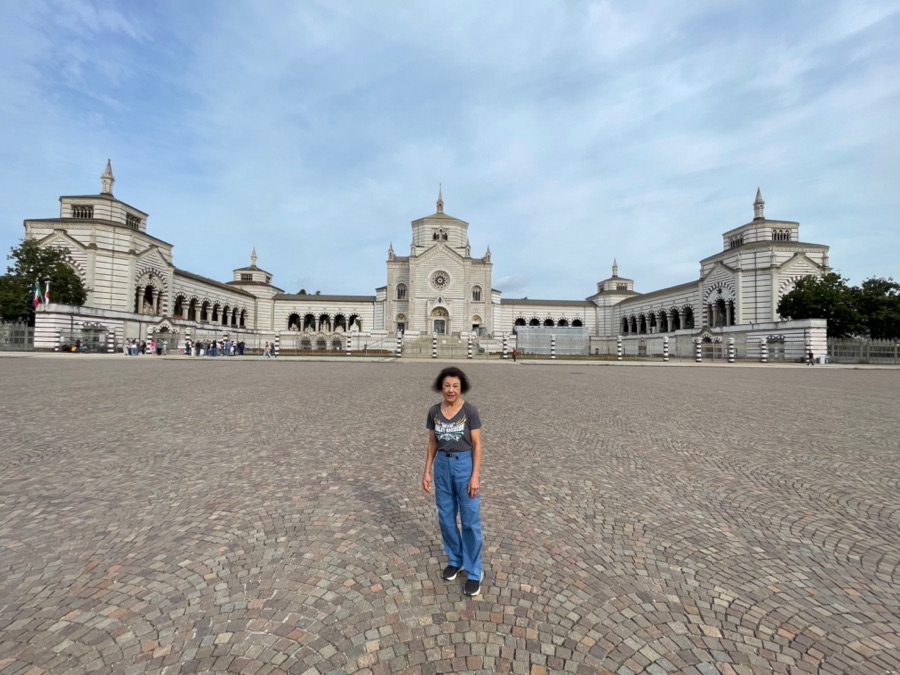
The front of thecemetary
Did You Know? - The Cimitero Monumentale (Italian: [tʃimiˈtɛːro monumenˈtaːle]; "Monumental Cemetery") is one of the two largest cemeteries in Milan, Italy, the other one being the Cimitero Maggiore. It is noted for the abundance of artistic tombs and monuments.
Designed by the architect Carlo Maciachini (1818–1899), it was planned to consolidate a number of small cemeteries that used to be scattered around the city into a single location.
Officially opened in 1866, it has since then been filled with a wide range of contemporary and classical Italian sculptures as well as Greek temples, elaborate obelisks, and other original works such as a scaled-down version of the Trajan's Column.
Many of the tombs belong to noted industrialist dynasties, and were designed by artists such as Adolfo Wildt, Giò Ponti, Arturo Martini, Agenore Fabbri, Lucio Fontana, Medardo Rosso, Giacomo Manzù, Floriano Bodini, and Giò Pomodoro.
The main entrance is through the large Famedio, a massive Hall of Fame-like Neo-Medieval style building made of marble and stone that contains the tombs of some of the city's and the country's most honored citizens, including that of novelist Alessandro Manzoni.
The Civico Mausoleo Palanti designed by the architect Mario Palanti is a tomb built for meritorious "Milanesi", or citizens of Milan.
The memorial of about 800 Milanese killed in Nazi concentration camps is located in the center and is the work of the group BBPR, formed by leading exponents of Italian rationalist architecture that included Gianluigi Banfi.
The cemetery has a special section for those who do not belong to the Catholic religion and a Jewish section.
Near the entrance there is a permanent exhibition of prints, photographs, and maps outlining the cemetery's historical development. It includes two battery-operated electric hearses built in the 1920s.

This momument was done by Enrico Butti (April 3, 1847 – January 21, 1932) was an Italian sculptor, active mainly in Milan. He created principally funerary and commemorative monuments. He was professor of sculpture at the Accademia di Brera from 1893 to 1913

We then had a tour scheduled for the La Scala Opera House. They were practicing for a performance.
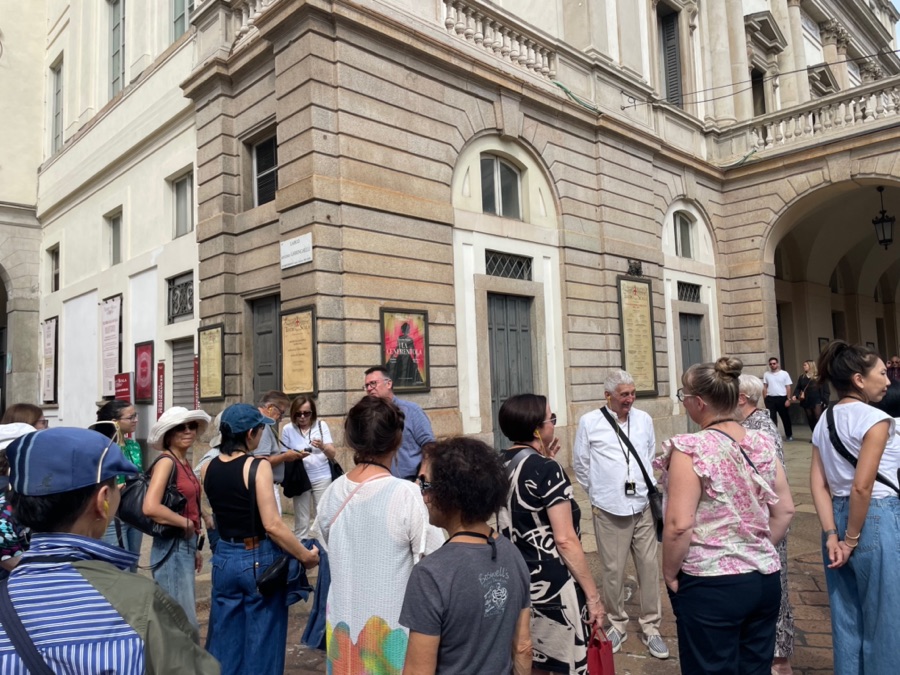
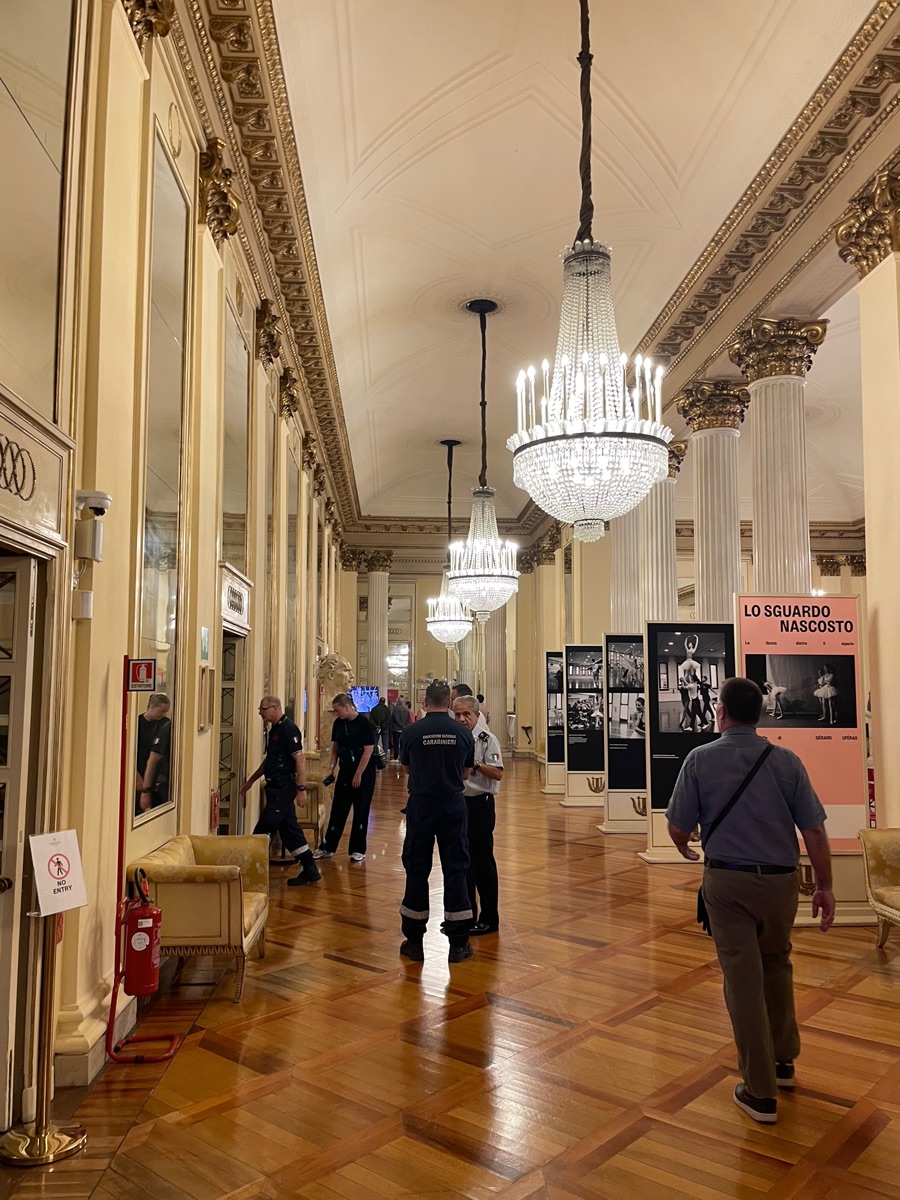
Did You Know? - La Scala, one of the world's most famous opera houses, takes its name from a 14th-century church on the same site and was inaugurated in 1778. Known for its grand chandelier and significant premieres of operas by Verdi and other composers, its season always opens on December 7, the feast day of Milan's patron saint. The theatre also has a history of surviving war damage, famously hosting Leonardo da Vinci's "The Last Supper" for safekeeping during World War II, and is known for its critical audience, or "loggione," who provide a "baptism of fire" for performers.
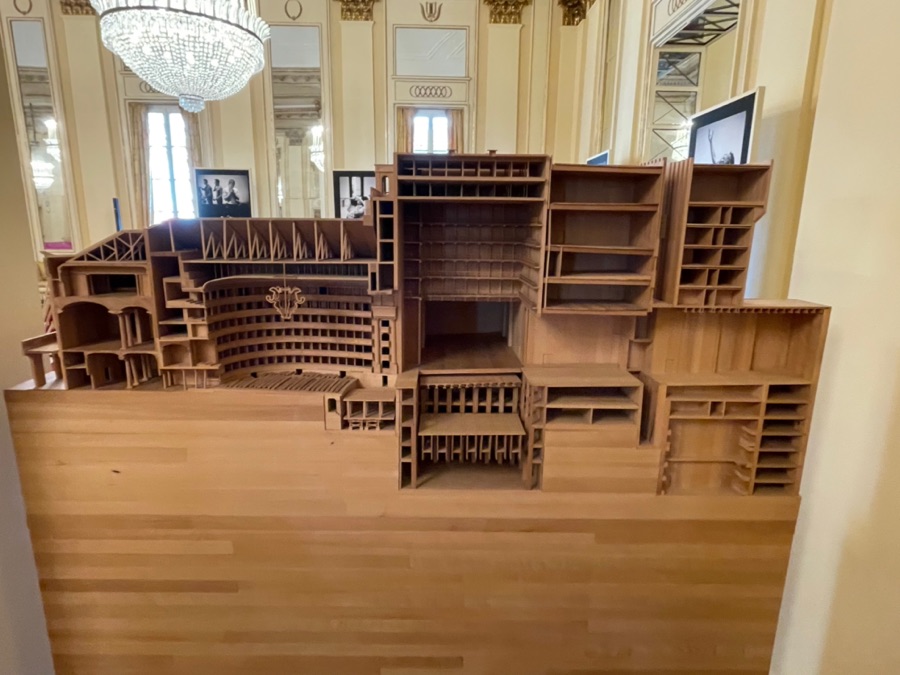
Scale model helped!


Did You Know? - La Scala Museum Trivia: The museum, founded in 1913, is inside Milan's iconic opera house and houses costumes, instruments, portraits, and scores related to theatre history, with a focus on La Scala's legacy in opera and ballet. Trivia includes that the museum's name comes from a former church on the site, Santa Maria alla Scala, and visitors can view the stunning auditorium and other parts of the opera house.
Museum Highlights
Collections: The museum's collection features over 140,000 works, including historical costumes, musical instruments, portraits of famous artists, and manuscripts like librettos and scores.
Opera House Access: Visitors can explore the beautiful auditorium and its famous chandelier, and a lucky few might witness rehearsals if the theatre is not in use.
Lively Context: The museum provides a deeper understanding of La Scala's rich history and its connection to legendary figures like Giuseppe Verdi and Arturo Toscanini.
Historical Connections Name Origin: La Scala's name comes from the church of Santa Maria alla Scala, which was on the opera house's site and founded by Regina della Scala of the noble della Scala family, according to Google Arts & Culture. WWII
Safekeeping: During World War II, Leonardo da Vinci's iconic mural painting, The Last Supper, was temporarily relocated to La Scala for protection from bombings.
Founding & Significance: The opera house was founded under Empress Maria Theresa of Austria to replace a previous theatre destroyed by fire in 1776.
Cultural Immersion: A visit to the La Scala Museum and Theatre offers an immersive experience into the world of opera and ballet, celebrating a renowned music capital in Italy. Teatro alla Scala Museum - Wanderlog About. The Teatro alla Scala Museum, established in 1913, is a treasure trove of over 140,000 works related to theatre history, opera and ballet.
The name 'La Scala' comes from the church of Santa Maria alla Scala, which used to stand on the same site. This church was so... favicon Google Arts & Culture Show all
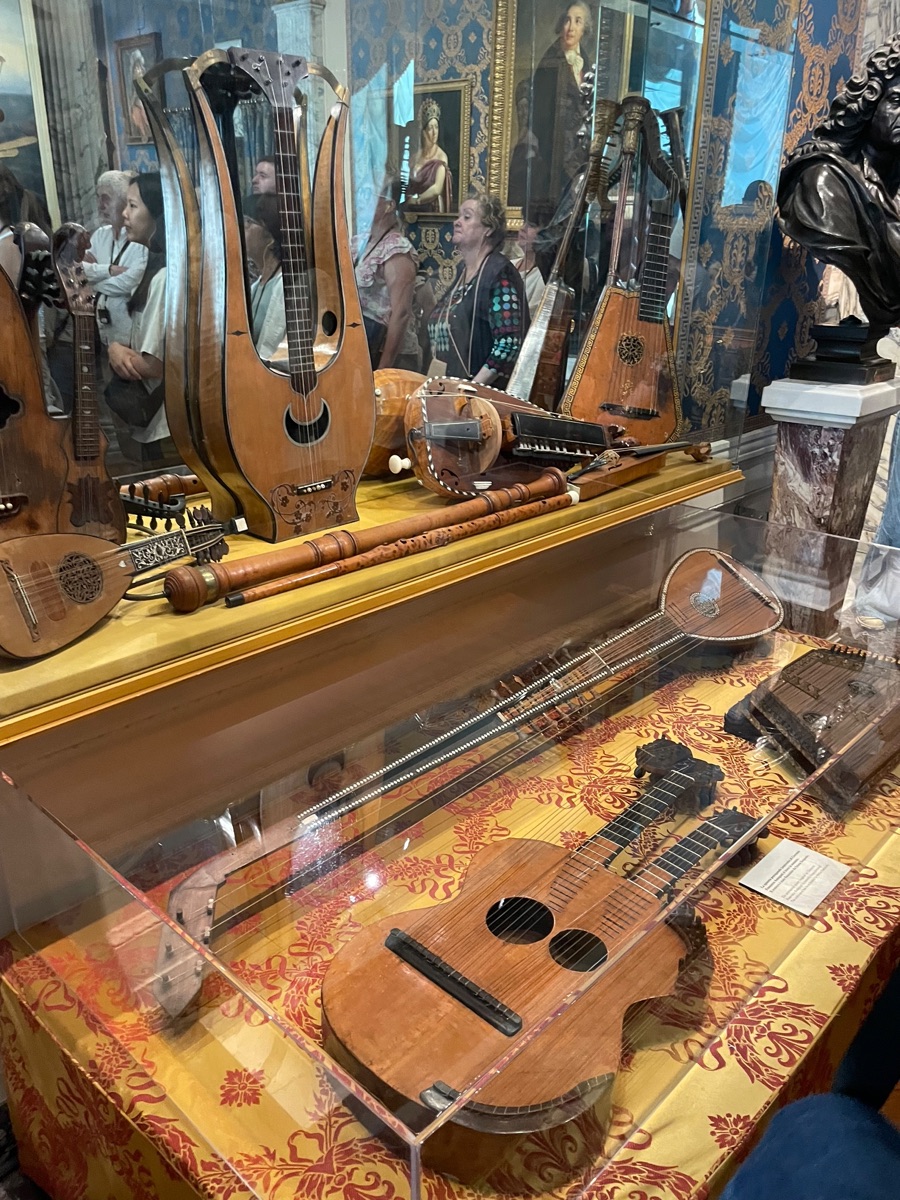
There are a few fiddles in the collection!


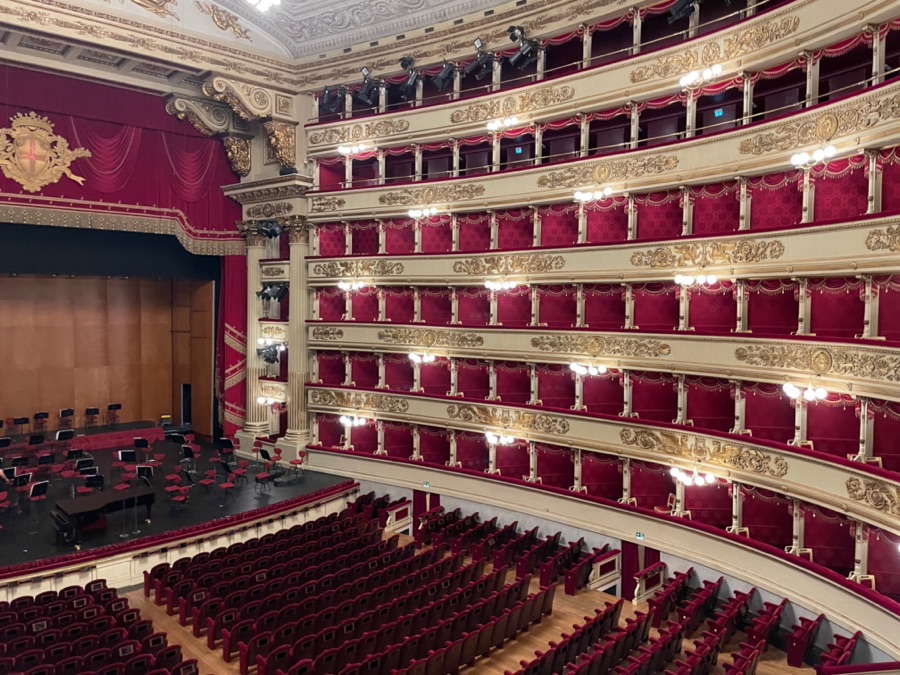
Inside the great hall!
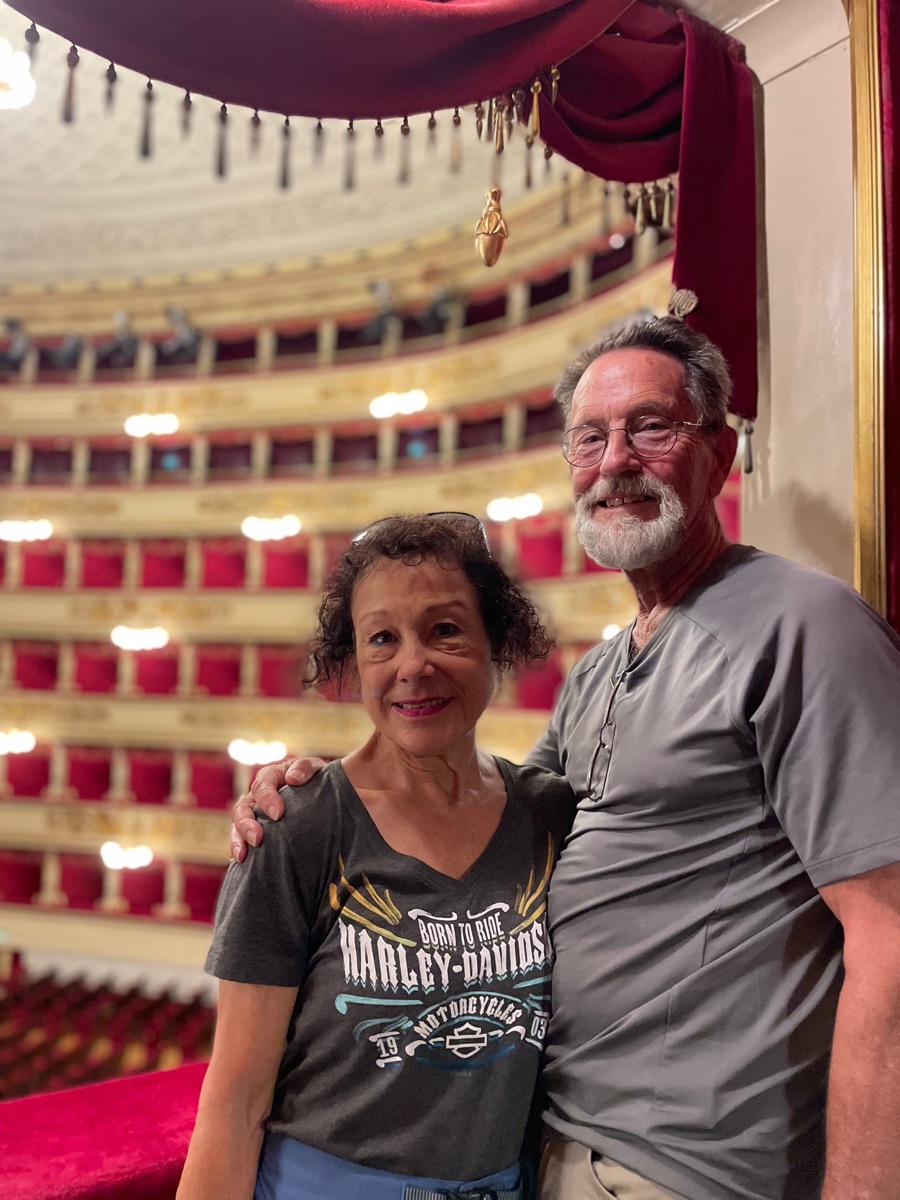
Bob and Donna will perform momentarily!
We then had lunch about 3.



Did You Know? - The primary "Da Vinci museum" in Milan is the Museo Nazionale Scienza e Tecnologia Leonardo da Vinci, the largest science and technology museum in Italy, opened in 1953. Nearby, you'll also find the Leonardo3 Museum, which focuses on reconstructing Leonardo's machines from his manuscripts. Both offer a glimpse into Da Vinci's inventive spirit, showcasing his inventions and engineering designs.
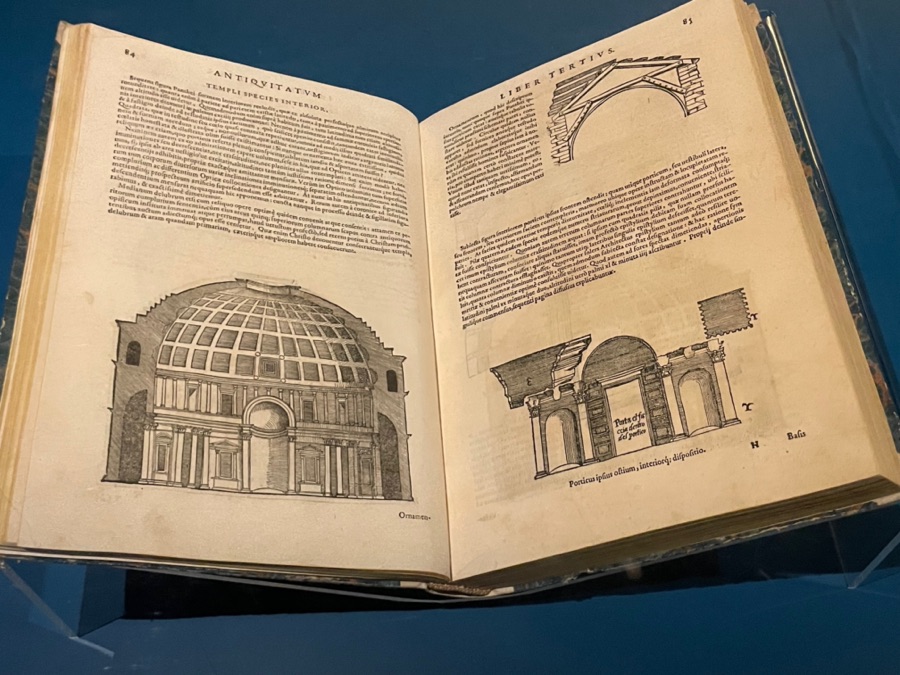
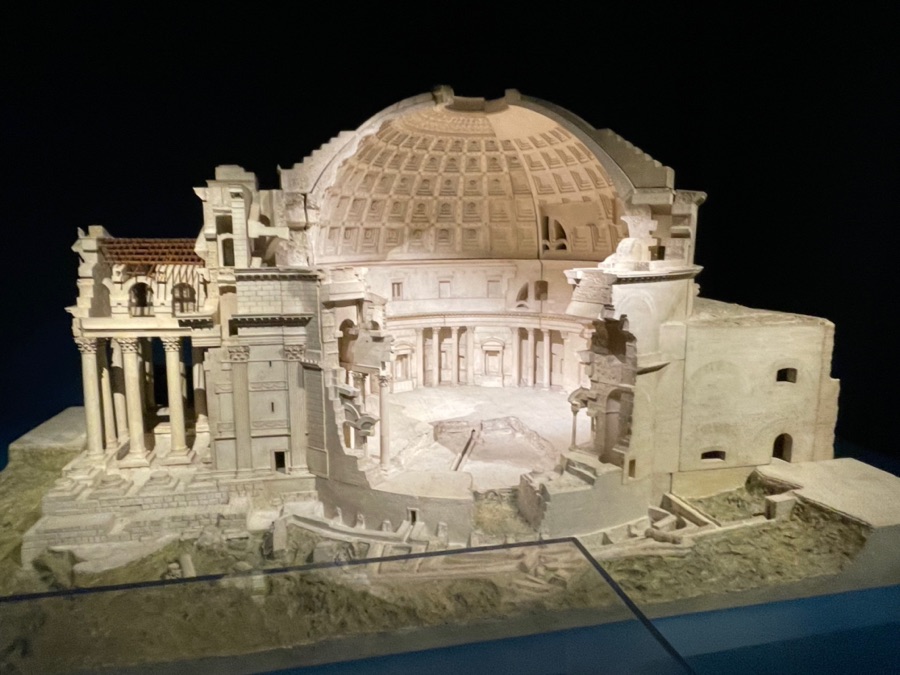
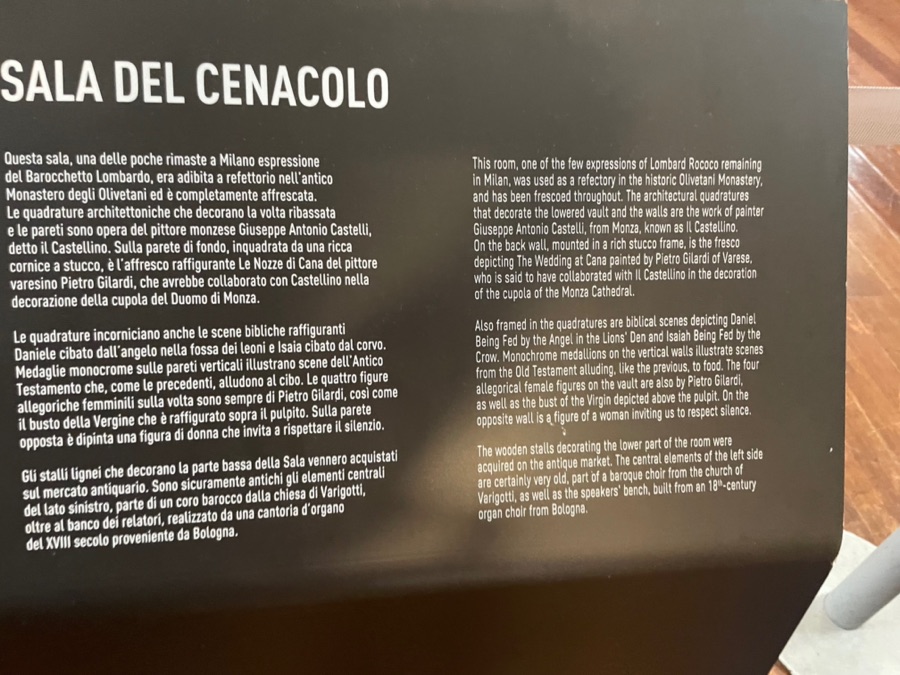
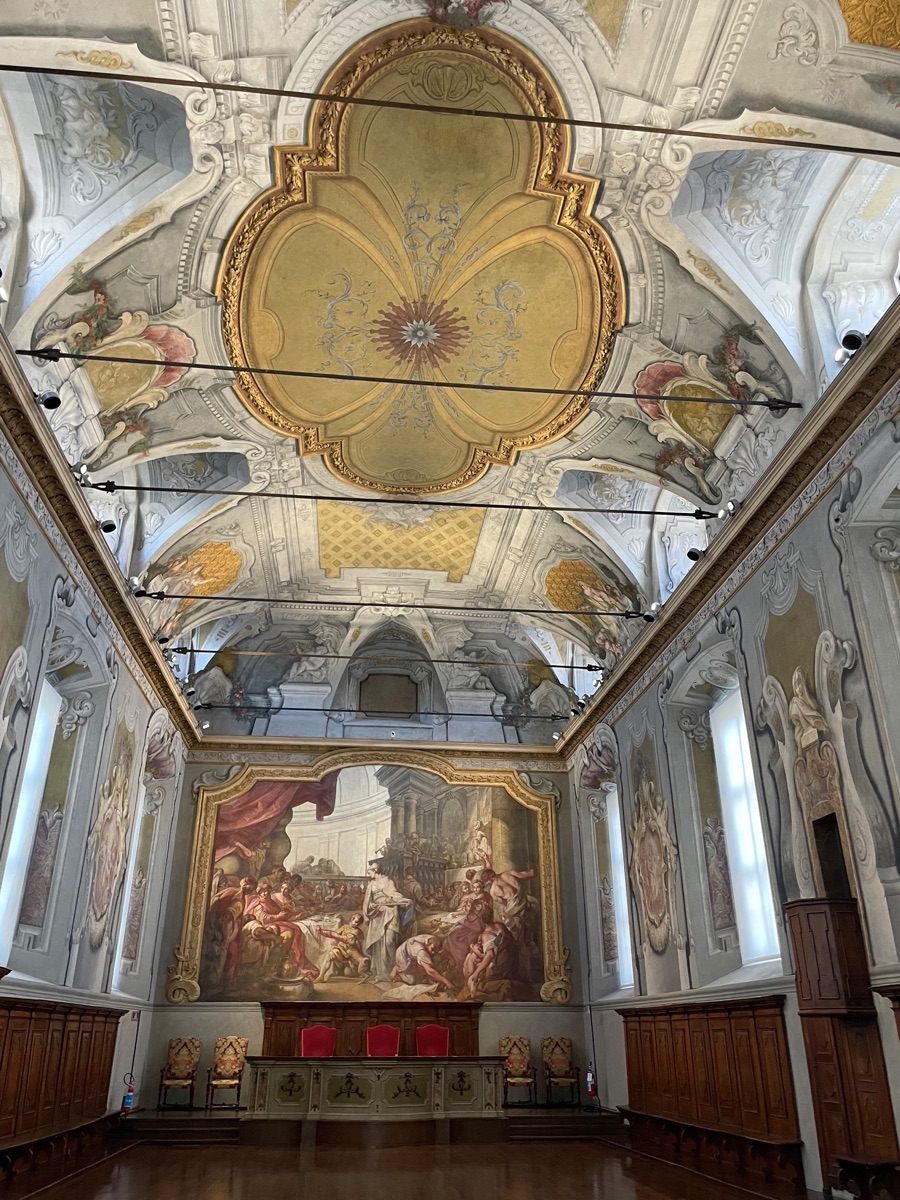
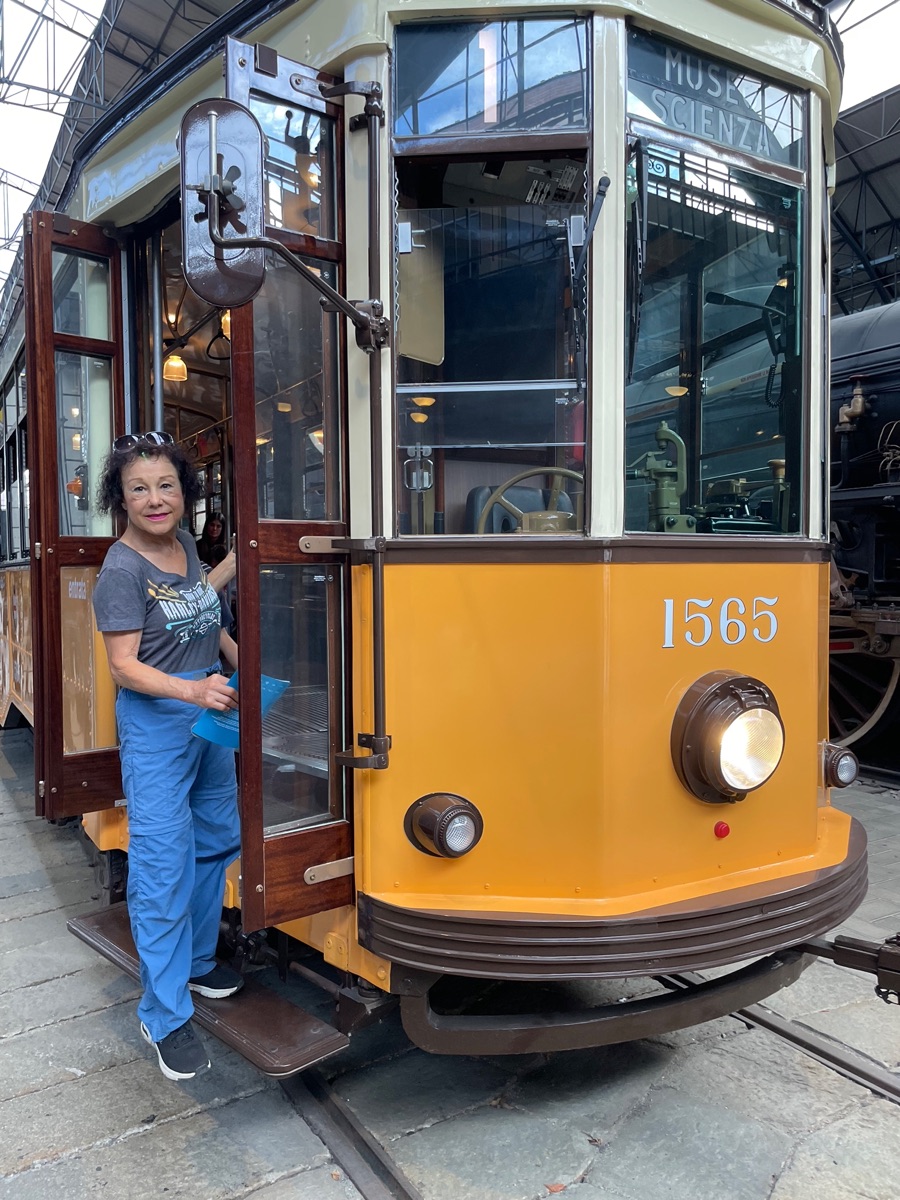


Did You Know? - Italian submarine Enrico Toti (S 506) was the first of a new class of Italian submarine (Toti class), with Enrico Toti being laid down in 1965, launched in 1967, decommissioned in 1992 and preserved as a museum ship at the Museo della Scienza e della Tecnologia "Leonardo da Vinci", in Milan.
The ship, and class, are named after the Italian war hero Enrico Toti.
History
Toti was built by Fincantieri in Monfalcone, between 1965 and 1967, and given to the Italian Navy in 1968; Soon after that three more identical units were added to the Toti class.
They are small submarines (so small that they were called "pocket sized submarines"), employed from the late 1960s until the end of the 1990s.
They were conceived to work inside the Mediterranean Sea.
They had two main tasks: patrol the Mediterranean sea with special attention to the Channel of Sicily during the Cold War; for this reason their main base was the Military Arsenal of Augusta (Syracuse); participate in NATO exercises with other submarines.
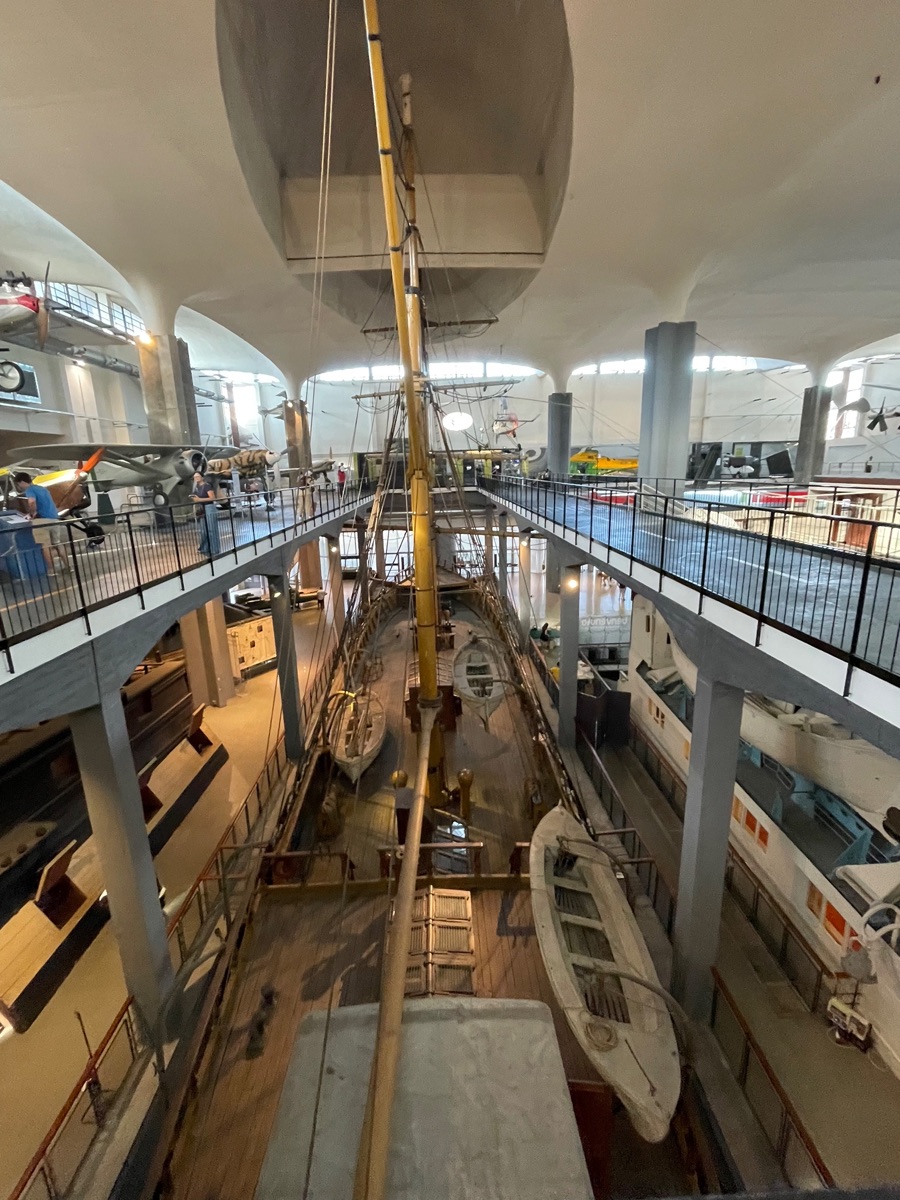
Did You Know? - Sailing ship with two vertical masts; the foremast has square sails, the aft mast has gaff sails and a bowsprit. The hull, entirely made of wood, is painted with black and white stripes.
The masts, the inner bulwarks, and the fore and aft forecastles are painted yellow. The rudder and propeller are clearly visible in the lower part of the stern. The stem is embellished with a figurehead depicting a mermaid.
The crown of the transom is decorated with a pair of tritons supporting a blue oval, encircled with nautical ropes and Savoy knots, containing the name Ebe.
Function
Built for coastal navigation in the Mediterranean Sea, it will be converted for training cruises in the Adriatic and Tyrrhenian Seas for Navy helmsmen. How to use Primarily designed for sailing, this type of vessel prefers square sails for reaching and broad reach, while the cut sails (mainsail and jibs) are more effective when sailing close-hauled and beam-hauled.
The auxiliary engine is used primarily for port maneuvers. Historical-critical news Laid down in December 1918 at the Benetti shipyard in Viareggio, she was launched on August 21, 1921, with the name San Giorgio.
Initially, she operated as a short-distance vessel between Genoa and Torre del Greco. In 1937, an auxiliary engine was added, allowing her to reach a speed of 4 knots even in the absence of wind. Between the late 1930s and early 1940s, she frequently transported various types of cargo on the Cagliari-Naples-Genoa route, crossings that took just a few days.
Occasionally, she also called in North Africa, again carrying cargo. At the outbreak of the Second World War, she was requisitioned by the Italian Navy and converted into a minesweeper.
Only at the end of the war was she returned and used again as a cargo ship. Subsequently, in 1952, the Italian Navy repurchased her and converted her into a training ship for helmsmen, under the name Ebe.
A large space was created in the hold to accommodate the students, and a new auxiliary engine was installed. Replaced in 1958 by the training ship Palinuro, the Ebe was laid up at the Portoferraio base in 1960.
Transferred to La Spezia to await scrapping, it was eventually purchased by the Leonardo da Vinci Museum of Science and Technology in Milan.
In 1963, the Argo Carpentieri shipyard began salvaging the hull. It was disassembled into ninety pieces and, along with the other components, transported to Milan on twenty-five trucks and reassembled inside the Museum's Naval Air Pavilion, where it remains today.
